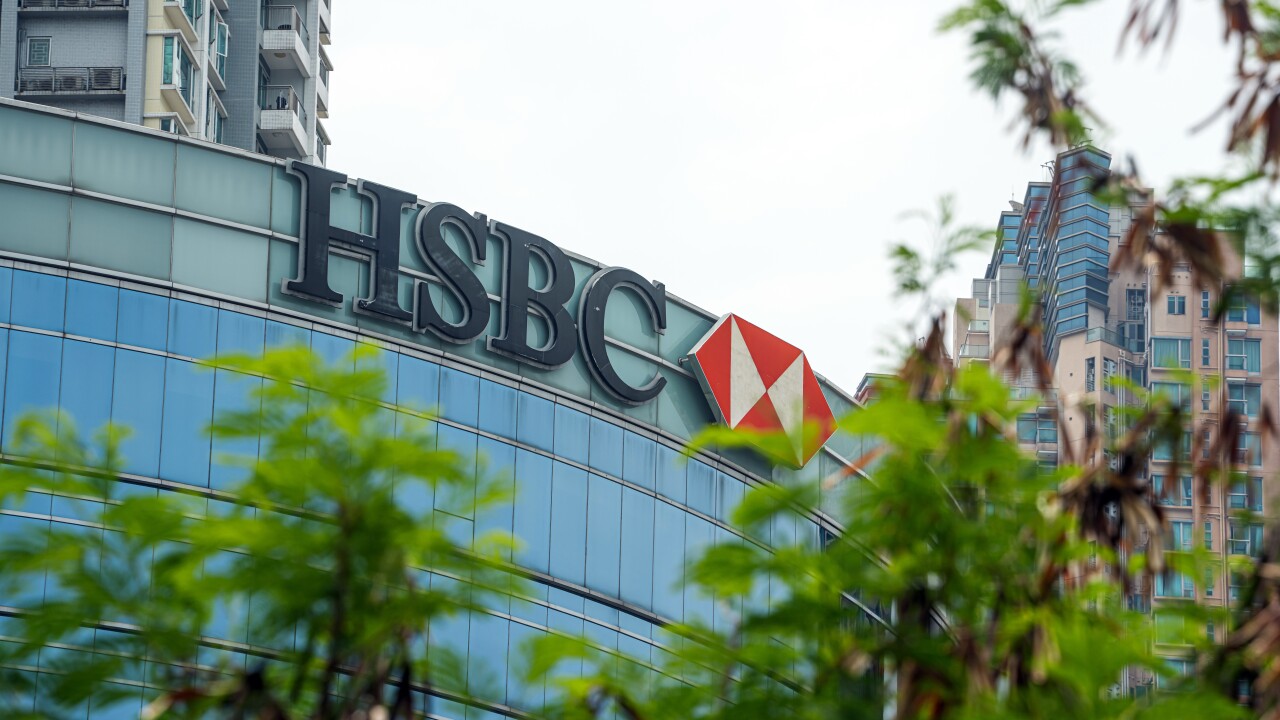Governments across the globe have been ramping up central bank digital currency research, China has been rolling out further pilots of digital yuan, and the term “crypto” doesn’t quite fit anymore.
Digital currency is poised to take a 180 degree turn from hiding to revealing criminal activity. The widespread adoption of CBDCs would be fintech’s greatest contribution to anti-money-laundering enforcement. When the coin of the realm goes digital, government agencies will get a very clear view of financial transactions.
There has been an interplay between secrecy and transparency since the early days of crypto. Strictly speaking bitcoin was pseudonymous, not anonymous. One of the virtues of blockchain technology is that you essentially know exactly where every unit of currency is at all times. Though bitcoin’s distributed ledger obscured owner identity, in theory it could reveal that information.
In current practice, the most accessible ways of purchasing crypto involve sharing personal identity with an exchange service or wallet provider. Aside from a few privacy coins designed to elude ownership detection, most crypto transactions are about as anonymous as our payment card purchases.
In the future scenario of CBDC, the issuing central banks could design networks that would show who owns each unit of currency and how the money moves. This would dramatically increase their powers for tracking suspicious behavior.
When CBDCs become the norm for payments and bank accounts, criminals will get squeezed out of the system. They’ll have an increasingly difficult time using untrackable, non-CBDC currencies such as cash, and they’d be fools to use CBDC for funding illegal activity.
A full switch from physical to electronic legal tender would make the proverbial suitcase full of banknotes obsolete. Though the U.S. is far from that stage, the Swedish e-krona pilot is advanced and successful enough that the Sveriges Riksbank already has a timeline for reviewing the decision.
Yet there would still be plenty of fools among the criminal minds. When Joe Criminal goes out to do his Saturday morning laundry errands and moves a large sum of CBDC to his offshore shell company, not only will the central bank be able to detect the suspicious transaction, they could also say to the network: "Hey, don't process these digital dollars, they're tainted."
Imagine central bankers defunding crime by blocking, seizing or taking ill-gotten CBDCs out of circulation.
CBDCs offer social good along with the convenience. While average citizens would get better digital wallet options and functionality, regulators overseeing AML would have vastly improved means to help stop activities such as illicit arms deals and human trafficking.
Those of us in fintech and payments tend to be champions of a better functioning future. We may be eager for the digital dollar, but the U.S. Fed has been fairly reserved. However, our patience is worth it, especially now as Fed Chair Jerome Powell has referred to CBDC research as a priority, and the Boston Fed has teamed up with MIT on network research and pilots.
Given that the U.S. dollar can hold dominance, and its stability plays an essential role in the global economy, getting the technology and power dynamics right warrants however many years it takes. These new infrastructures could last well beyond the next century.





